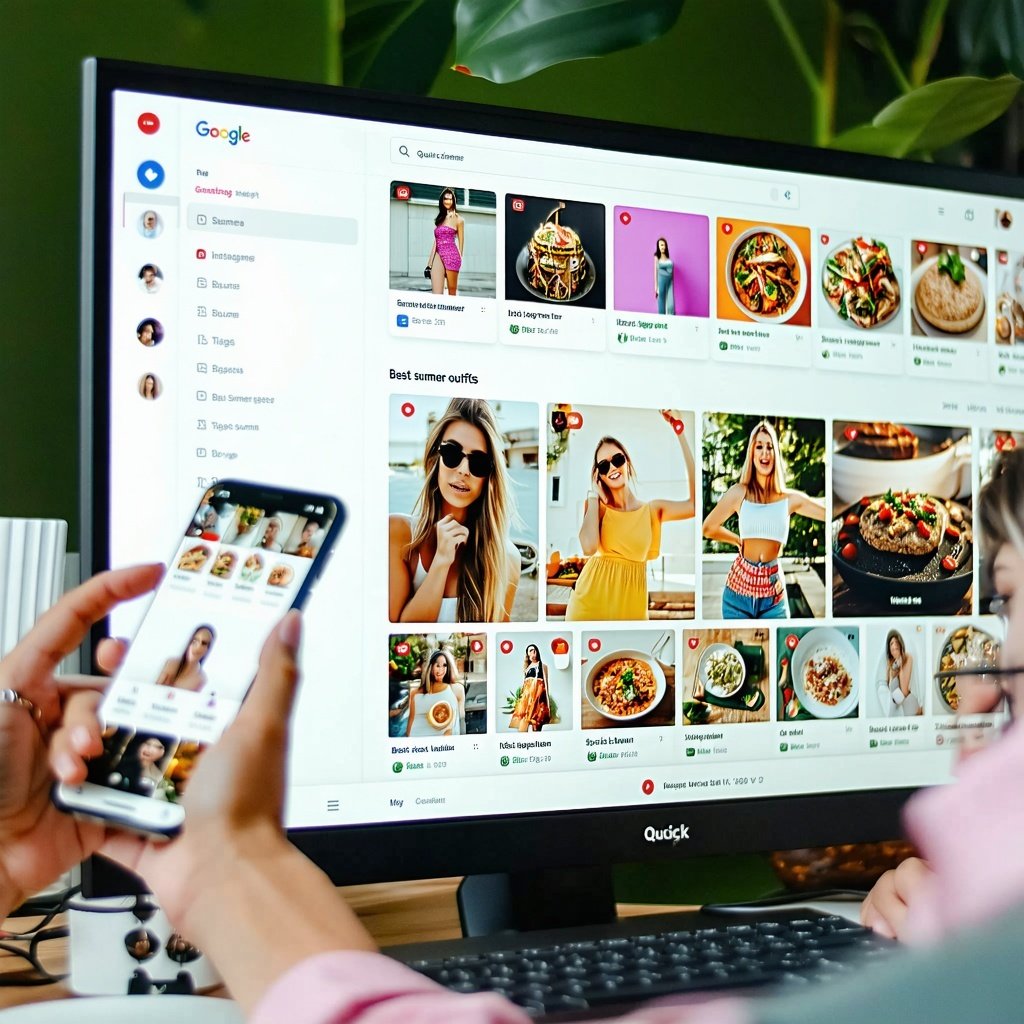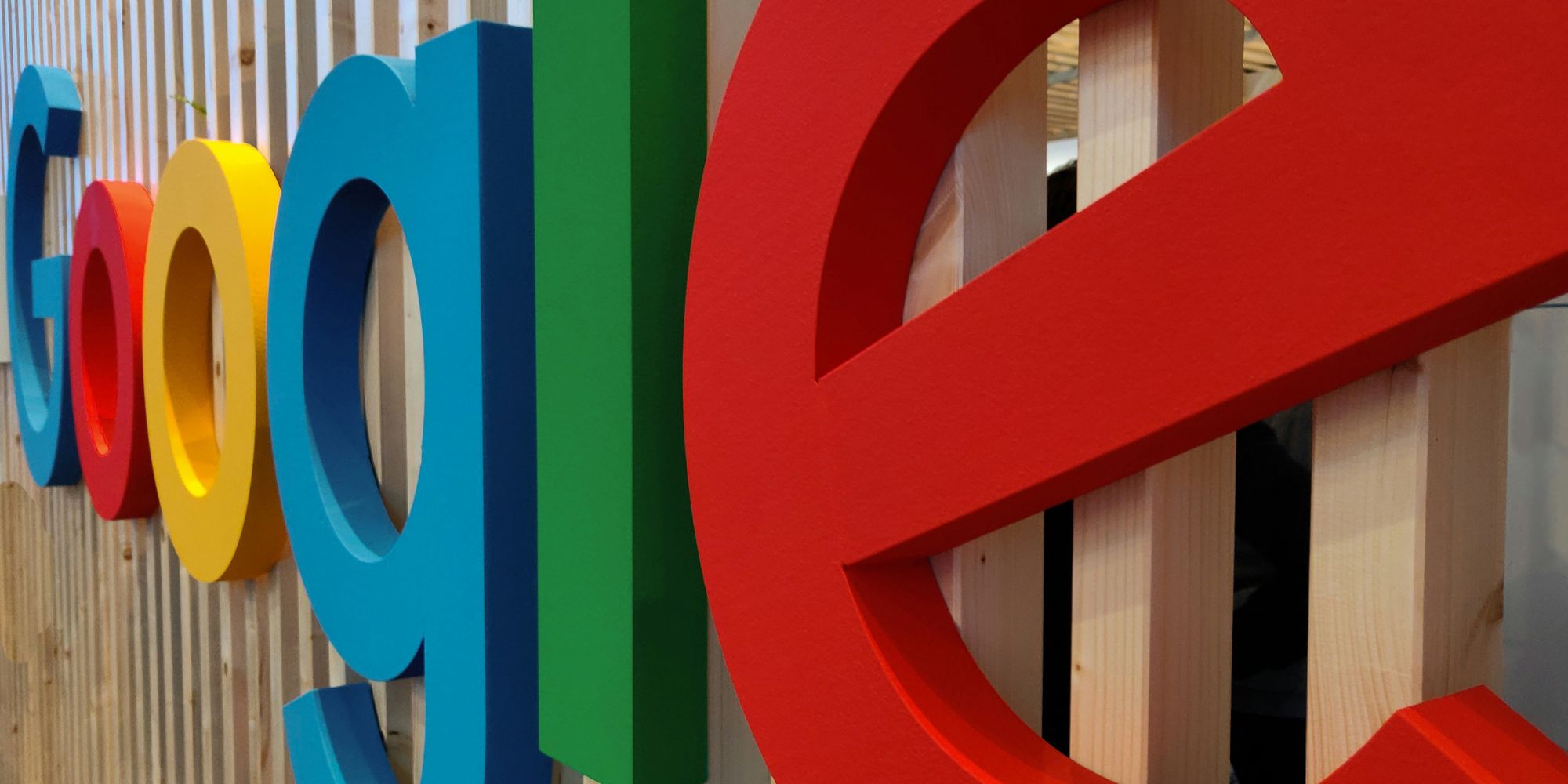Winning in the Age of AI Search: How Brands Can Thrive as Search Evolves
Search is changing faster than ever. With the rise of AI-powered features like Google’s AI Overviews and AI Mode, the familiar “10 blue links” are...
Read moreLisa Coghlan explains the importance of headlines from an SEO and user perspective. Read on as she explains how introducing some psychological techniques into your writing can urge users to click.
There is an unfathomable amount of content online, which makes it incredibly difficult for yours to stand out. With so much competition out there it’s important you recognise the power of your headline and how it can benefit your SEO whilst grabbing the attention of your user.
To write an effective SEO headline, you must use relevant keyword rich text. Put yourself in the position of the person searching, think about what they would type into their search engine to find the information that you are writing for them. You may want to use online tools, such as Google Keyword Planner, to help you understand which keywords or phrases around your particular topic are currently being searched for the most. That way, you know that the keywords you’re using in your headline will add SEO value to your content.
If a user finds your content and immediately understands what that page is about from the headline alone, you have written a successful headline. If your content is shared online, the headline may be the first thing that people see before they click – the headline is the gateway to your content. So it’s important to ask yourself if your headline is self-explanatory. Does it demonstrate to the user exactly what information they will find before they click?
The exceptions to this rule – and there are always exceptions – are the ‘clickbait’-style headlines you often see on content discovery platforms like Outbrain. Think ‘One Simple Trick to Fast Weight Loss’ or ‘I Thought He Was a Good Disco Dancer, But You Won’t Believe What He Does Next’.
These headlines are designed to attract clicks by deliberately keeping some of the substance of the story hidden. They hint at something spectacular, but make you click before you find out what it is.
However, you’ll often find that even these headlines include a keyword or two to help increase the headline’s SEO value – many of the same rules still apply.
Questions are a great way to spark curiosity amongst users. When a user searches using a question you can be sure that they are looking for an answer! So it’s important that if they click through to your content that you provide them with a solution to their question. If your content doesn’t meet their needs you may find users will not return to your site.
By suggesting a checklist or tips within your main headline, for example, '7 Tips For Writing Headlines', you may find click-through rate improves. Lists work incredibly well online and if, within your headline, you indicate this, try to include an odd number too. According to research by Outbrain, users react better to odd numbers within headlines than even numbers. Mathematically, odd numbers are harder to calculate, but it’s because they’re more jarring that they subconsciously stand out more within a headline.
This is easier said than done, simply due to the fact that we want to help search engines and users instantly recognise what our content is about from the headline alone. As social sharing increases in popularity, keeping your headline short and sweet is important. If your headline is too long to fit within the character limit of a tweet you’ve potentially missed out on a valuable sharing opportunity.
Search engines are literal. If you use irony or sarcasm within your headline you run the risk of the search engine not recognising exactly what your content is about. That’s a high price to pay in terms of SEO and people not finding your content.
Within the source code of the page you are writing, you will inevitably include <h1> tags for your main headline and perhaps <h2> and <h3> tags for subheadings. These heading elements should be attributed to your headings and subheadings, and will look like this within the source code:
<h1>Digital Marketing Done Differently</h1>
These heading tags are key to presenting search engine spiders with the keywords you are targeting. They will be crawled to ensure that they are consistent with the content on the page, paying particular attention to the <h1> element as this should be the headline that successfully describes the content on the page.
<h2> tags should be applied to subheadings, and <h3> tags should be attributed to subheadings of the <h2> tags. These tags will show the search engine spider exactly which keyword phrases you are targeting and in what order of importance.
Heading tags will not only help search engines to recognise what your content is about, but will also help your user to assess whether or not this is the content they were looking for. By carefully optimising your content and using <h1> and <h2> tags to break up your content into scannable chunks, your user will find it much easier to digest the content on the page and pinpoint the exact information they were looking for when they type their chosen keywords into their search engine.
Due to the sheer mass of online content competition, it’s important to craft your headlines and subheadings with both SEO and your user in mind. Consider your keywords carefully, keep them relevant to the content, and introduce some psychological techniques such as asking questions within your headline. If you implement these careful considerations into your headline writing techniques you could potentially see an improvement in search engine rankings and click through rate.
Get more on-page SEO advice - download your free eBook: Technical SEO Best Practices - A Marketers' Guide.
More articles you might be interested in:

Search is changing faster than ever. With the rise of AI-powered features like Google’s AI Overviews and AI Mode, the familiar “10 blue links” are...
Read more


Arming yourself with the right tools to ensure a smooth site migration is important - find out how to protect your SEO during a migration today.
Read more
Google employees have recently announced that the upcoming Google Core Update is set to be released in the coming weeks. Understanding and addressing...
Read more
Language matters. Any marketer worth their salt knows this. But when discussing gender and sexual orientation, that importance is amplified tenfold.
Read more
When marketers think of thought leadership, there are names rather than ideas, that tend to spring to mind.
Read more
With the release of GPT-4, how revolutionary will this tool be? Alan Rowe takes us through it...
Read more